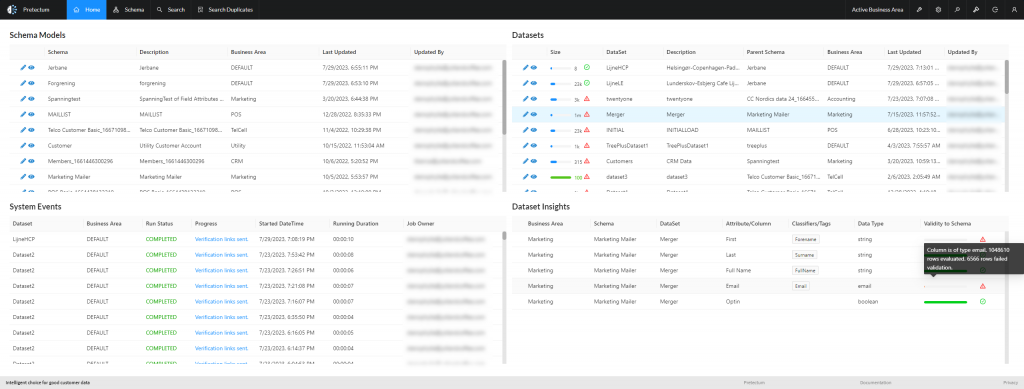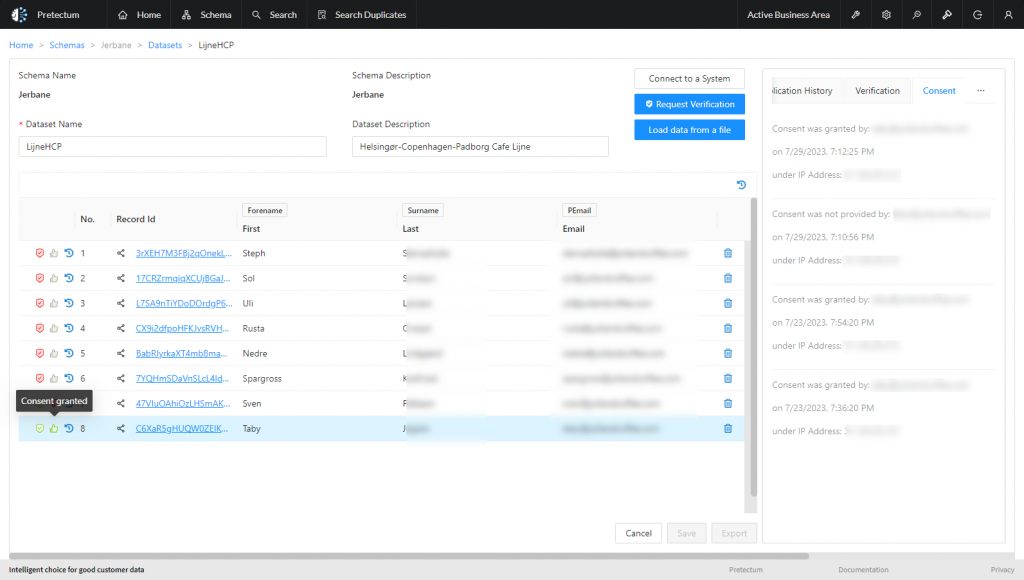Human nature is a complex tapestry woven with cognitive biases, an intricate design of quirks that color personal and organizational judgment and decisions every day.
From the extensive catalogue of biases catalogued by eminent psychologists, Amos Tversky and Daniel Kahneman, to the divisive political landscapes and societal perceptions, biases dominate our lives in ways both subtle and overt.
These biases are not limited to consumers alone; marketers and conversion rate optimizers are equally susceptible to their sway. Marketers must grapple with these biases as they strive to optimize conversion rates, aware that they are vulnerable to their subtle manipulations.

Kahneman, a Nobel laureate, expounded upon these biases in his seminal work “Thinking, Fast and Slow,” revealing how deeply ingrained they are in our thought processes. The confirmation bias, one of the most potent biases, thrives in the fertile soil of our minds, pushing us to seek out information that reinforces our pre-existing beliefs. This bias is like a malignant force, fuelling the political polarization rampant in society today. It perpetuates the echo chambers that reinforce existing notions, making it challenging to accept alternate viewpoints, even in the face of irrefutable evidence.
Yet, marketers and conversion rate optimizers find themselves at the nexus of confirmation bias. Unknowingly sifting through data, seeking only to confirm their hypotheses, blinding themselves to potentially valuable insights. The bias taints objectivity and undermines the authenticity of endeavors.
Consider the narrative of a qualitative research session. One might be steadfastly convinced of the target customer’s behavioral patterns. However, this conviction was a product of personal or group confirmation bias, which tainted interpretations. This example underscores the importance of recognizing and grappling with biases that shape our perceptions.
Kahneman’s work delves into the concept of system 1 and system 2 thinking. System 1, is our automatic, swift, and error-prone thinking process. This dominates around 90% of our decisions. On the other hand, system 2 is slower, analytical, and more controlled. In the realm of decision-making, especially for consumers making rapid choices, the dominance of system 1 poses a significant challenge.
One prominent bias, Duration Neglect, reveals how people’s judgments of painful experiences are barely influenced by their duration. This holds true for both customers and clients in the consulting sphere. The lasting impact of an experience often hinges on its culmination. This principle emphasizes the need to foster long-lasting relationships with customers, rather than fixating solely on the point of sale.
Loss Aversion, a bias that leads us to prefer avoiding losses over acquiring gains, is a guiding force for consumers. When they feel short-changed or deceived, it leaves an indelible negative impression. As marketers, we must ensure that customers feel like winners and that their perceived value surpasses any sense of loss.
Amidst the complexities of human biases, there are biases that marketers can leverage to their advantage. Anchoring, bandwagon effect, framing, in-group favoritism, salience, zero-risk bias, the decoy effect, humor effect, and mere exposure effect all offer strategic avenues. By harnessing these biases, marketers can create effective campaigns that resonate with customers and forge lasting relationships.
However, the notion of sunk-cost fallacy—a bias that compels us to persist with a bad investment due to prior commitment—serves as a cautionary tale. This fallacy, though impactful, should not dictate marketing strategies. Encouraging customers to stick with a product or service solely due to their initial investment is potentially detrimental to the user experience.
In the ever-evolving landscape of marketing, tricks and nudges are no longer sufficient. To stand out and genuinely engage customers, campaigns must be meticulously crafted, tested, and refined. Organizations need to navigate these biases with integrity, striving for authenticity and openness. By acknowledging the intricacies of human psychology, we can craft strategies that resonate, nurture connections, and optimize conversion rates in an ethically sound manner.
Handling biases in the context of managing customer master data management (CMDM) is crucial to ensure accurate, reliable, and fair data representation. These biases can impact data quality, decision-making processes, and customer interactions. Some factors are worth a little elaboration in this context.
The first step is to raise awareness among your team about the existence and potential impacts of biases. This Awareness and Education is all about educating your team about the various biases that can influence data collection, entry, and interpretation. This awareness will make them more vigilant and conscious of potential biases while managing customer data.
Establish clear and standardized guidelines for Data Collection. Ensure that data is collected in an unbiased manner and that the criteria for data entry remain consistent across all team members. This can help reduce the introduction of biases during the initial data collection process.
Implement Data Validation processes that identify and flag data points that might be influenced by biases. This could include automated checks for outliers, inconsistent data, and anomalies. Regularly review and cleanse the data to maintain its accuracy and integrity.

Rely on Diversity of Sources of customer data to reduce the risk of bias. Gathering data from a wide range of channels and touchpoints can provide a more comprehensive and balanced view of your customers’ behaviors and preferences.
Use customer Segmentation based on various attributes to ensure that your marketing and engagement strategies cater to different groups of customers. By acknowledging the diversity within your customer base, you can tailor your messages and offerings more effectively.
Be Transparent and Ethical in how you use customer data. Obtain explicit consent for data usage and inform customers about how their data will be used. Avoid using data in ways that might perpetuate biases or unfairly target certain groups.

Conduct regular Audits of your customer master data to identify potential biases or inaccuracies. Establish a process for reviewing data and correcting any errors or inconsistencies promptly.
Explore Bias Mitigation Techniques from fields like machine learning and artificial intelligence that can help identify and mitigate biases in your data. These techniques can help you uncover hidden patterns and identify instances where bias might be creeping into your customer data.
Build Diversity into your data management team responsible for managing customer data. Different perspectives can help identify and address biases that might otherwise go unnoticed.
Provide continuous education and ongoing Training for your team on bias detection and mitigation. Keep them informed about the latest research and best practices in data management and bias reduction.
Collaborate with various stakeholders, including marketing, sales, and customer service teams, to gather insights and perspectives on the data. This collaborative approach can help uncover biases and ensure a more holistic view of customer behavior.
Establish Feedback Loops with customers to identify potential biases in your data. Encourage customers to report any discrepancies or inaccuracies they notice in their profiles or interactions.
Managing biases in customer master data management requires a proactive and holistic approach. By being vigilant, transparent, and ethical in your data practices, you can ensure that the data you rely on for decision-making is accurate, unbiased, and truly representative of your customer base. Contact Pretectum to find out how we can help.


